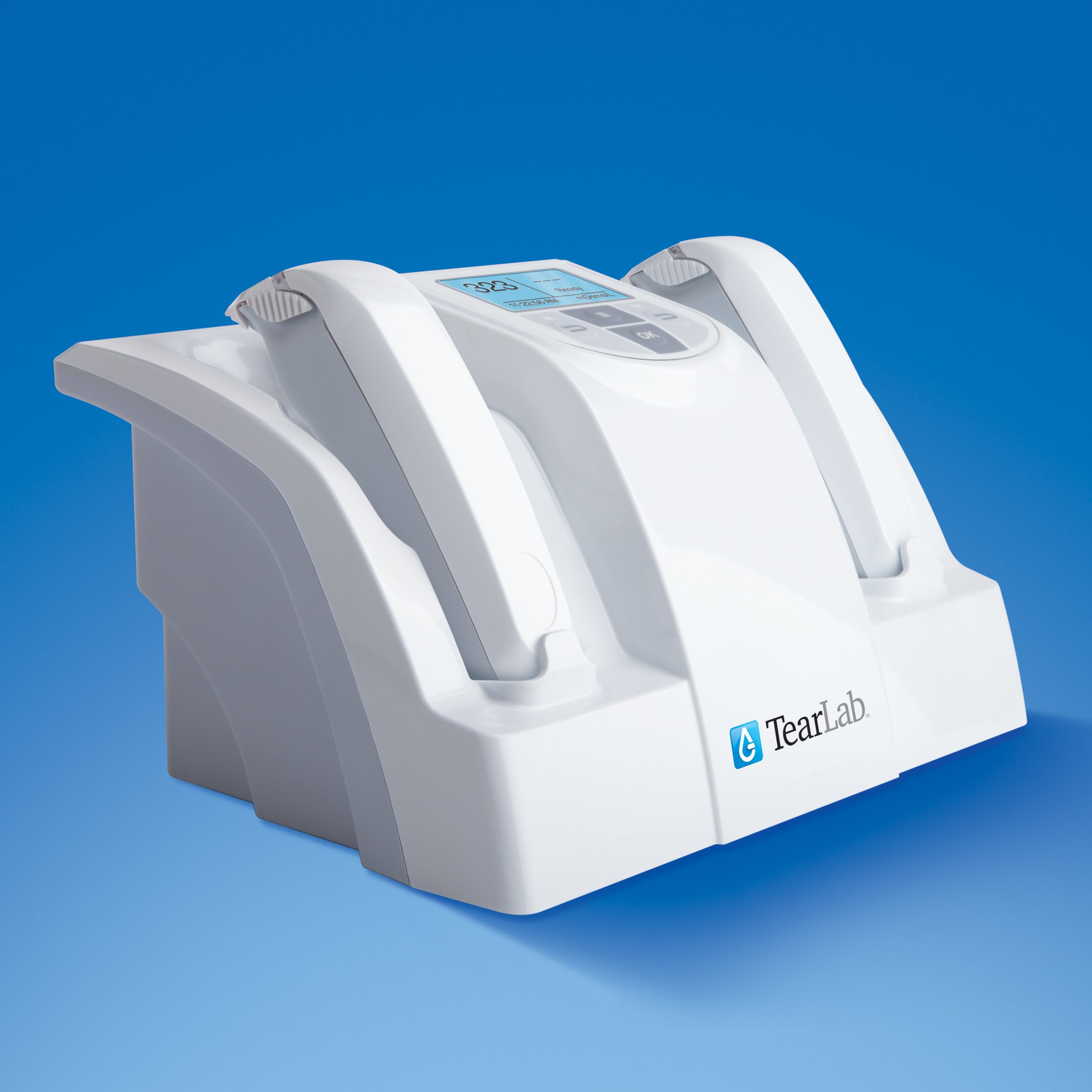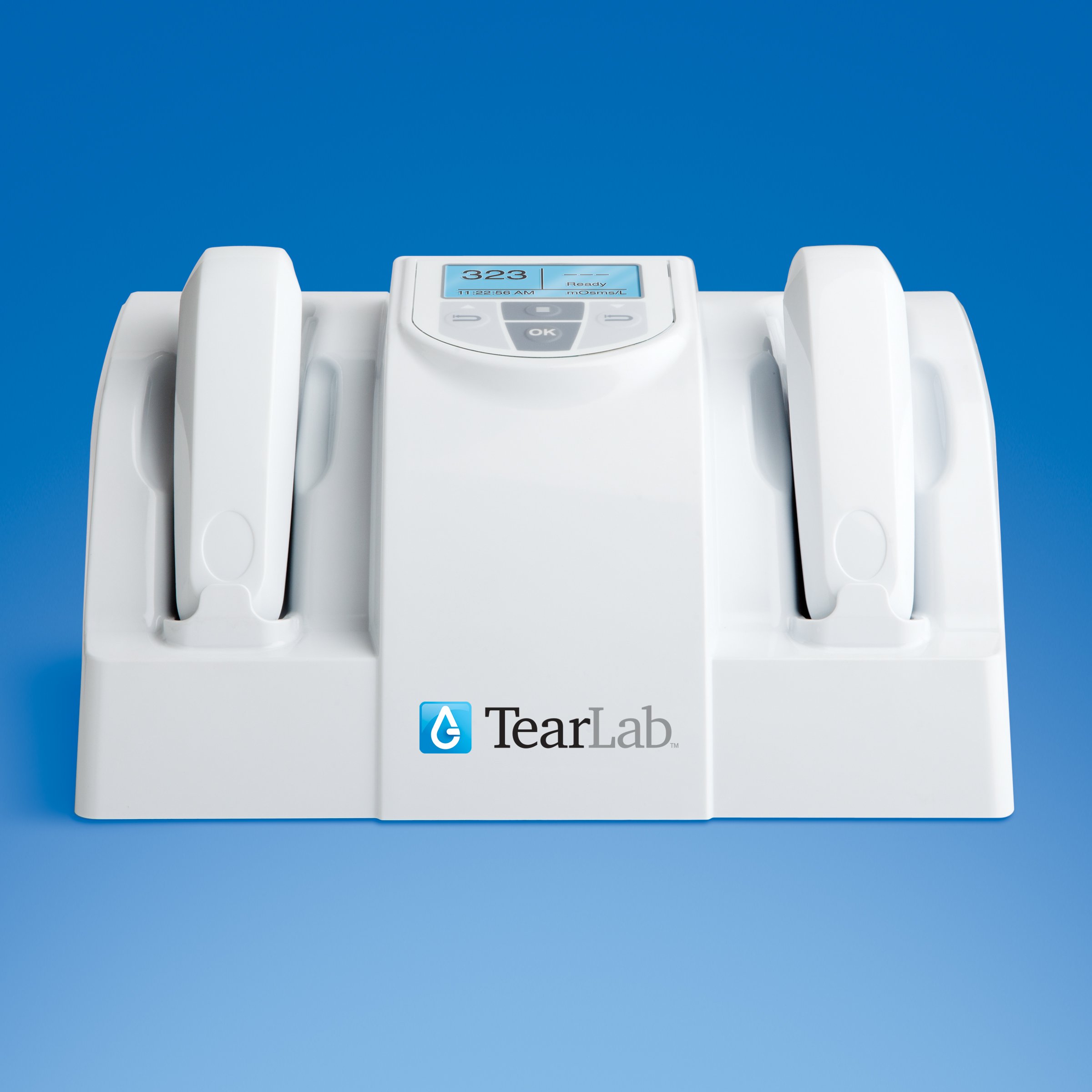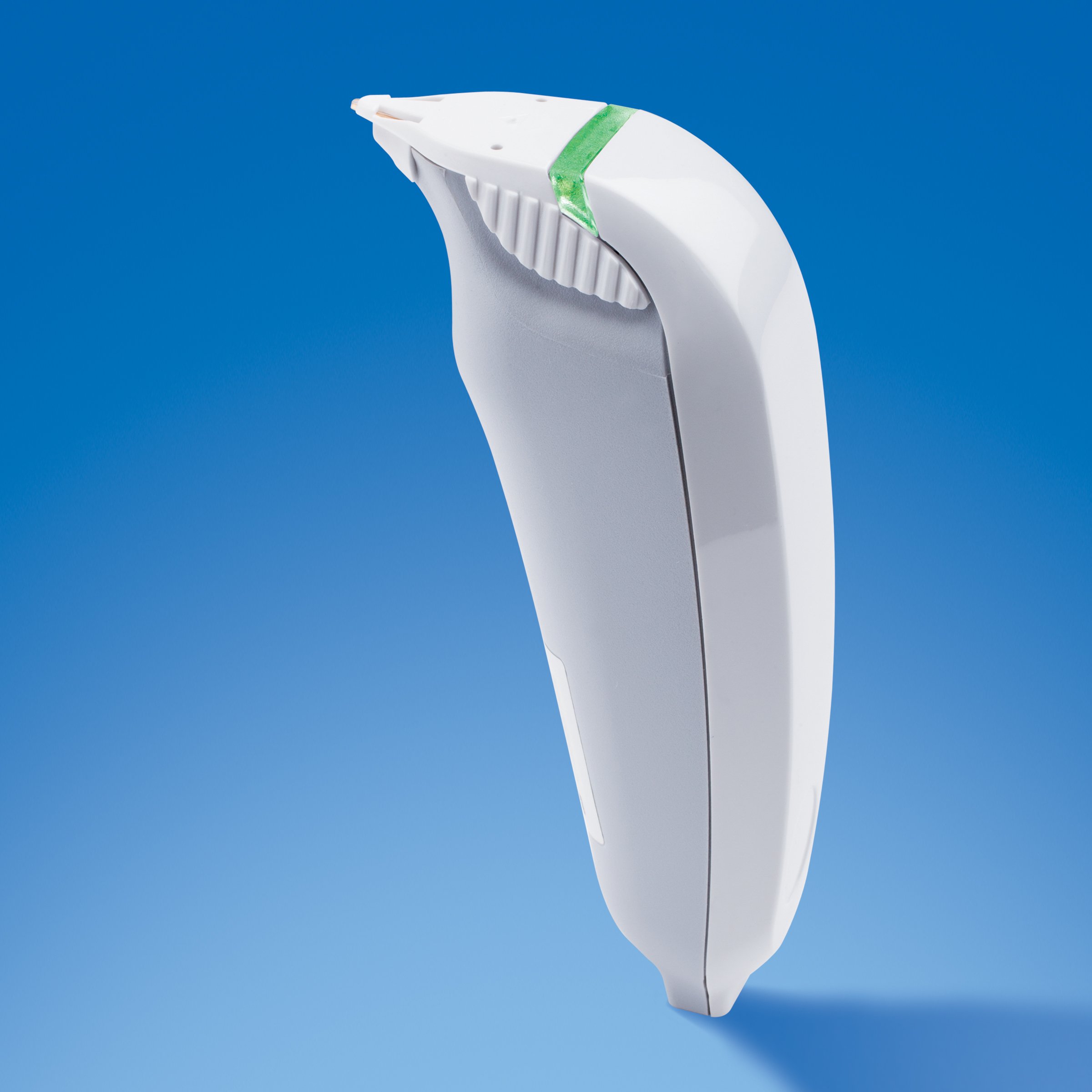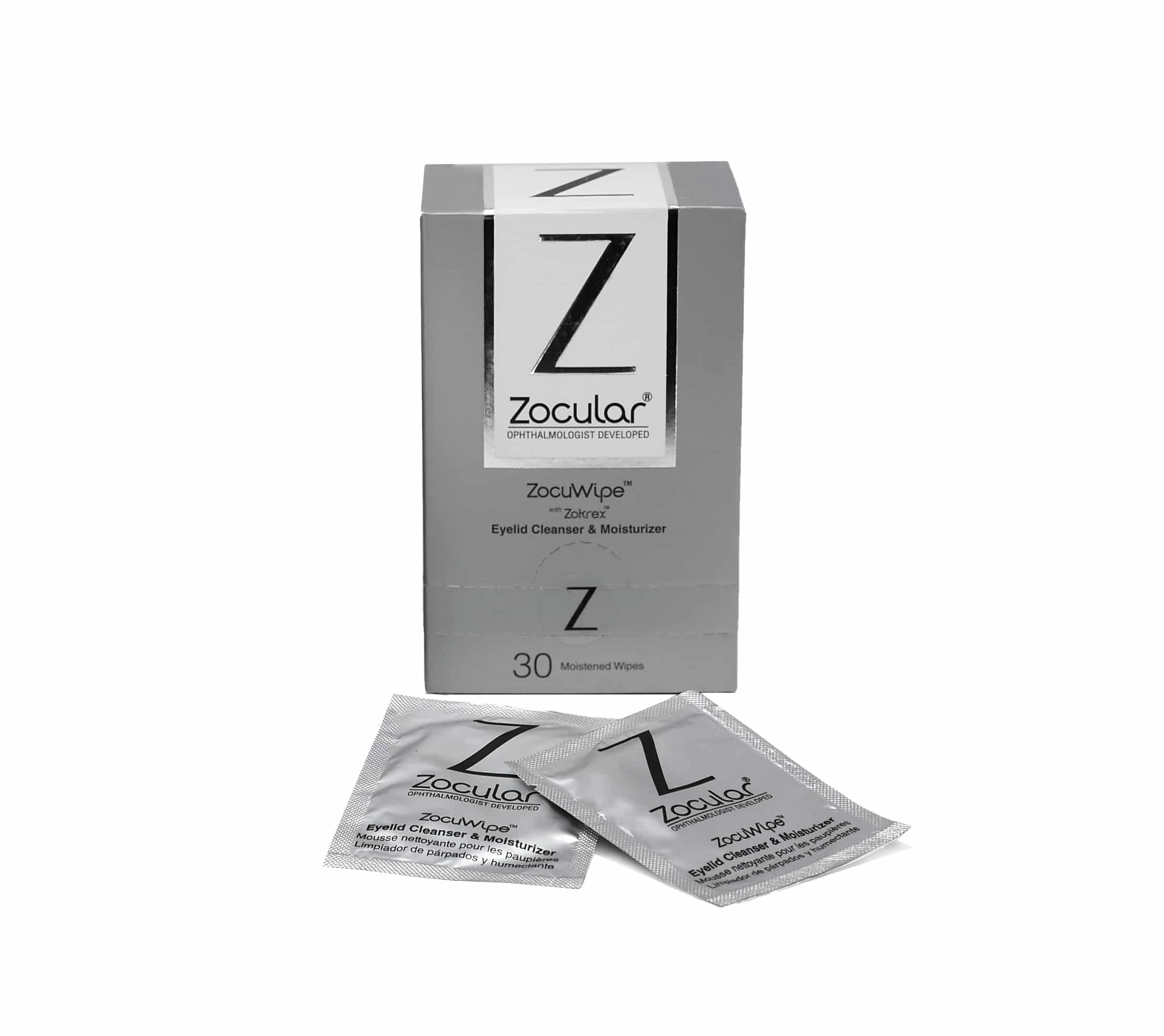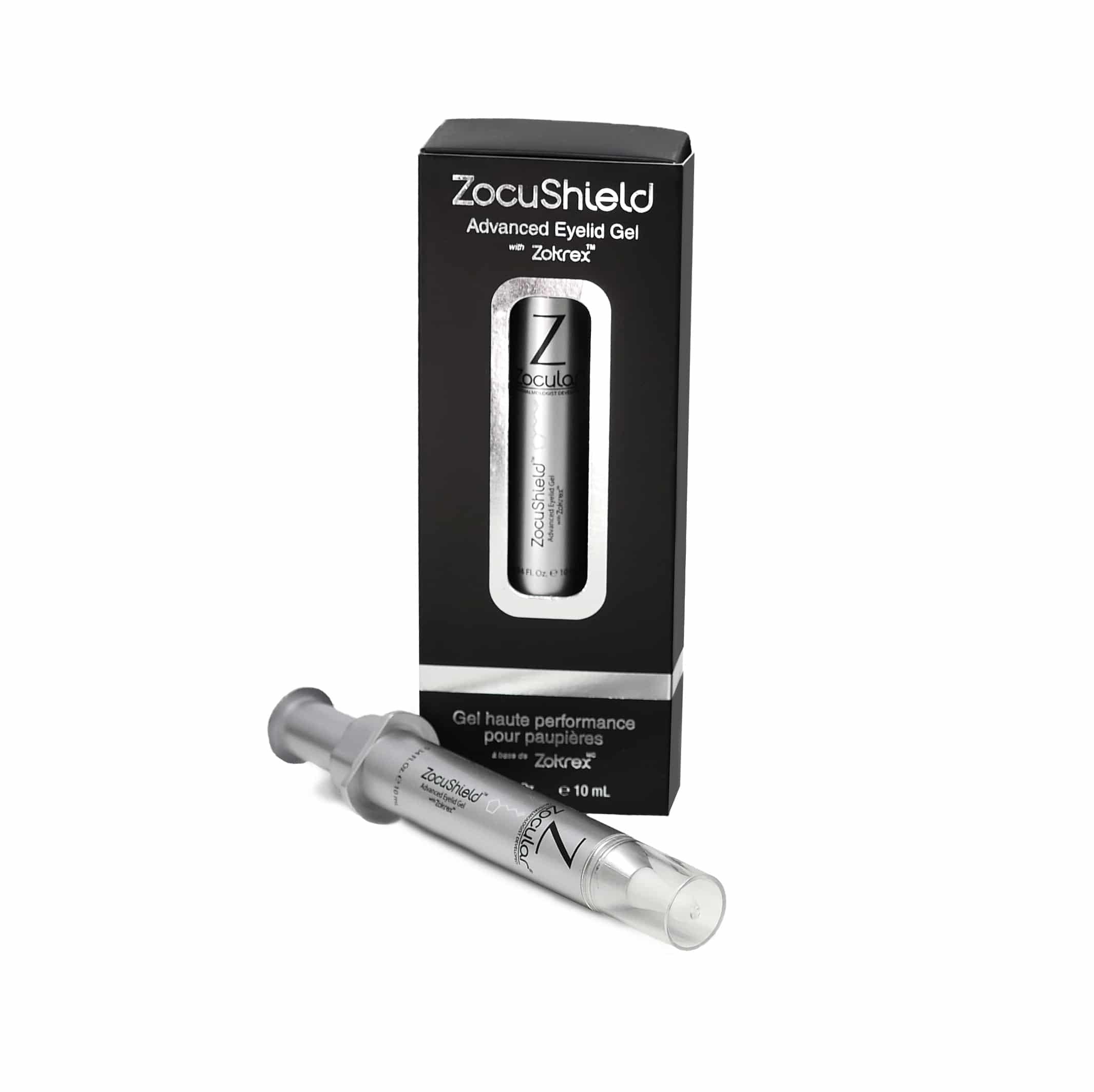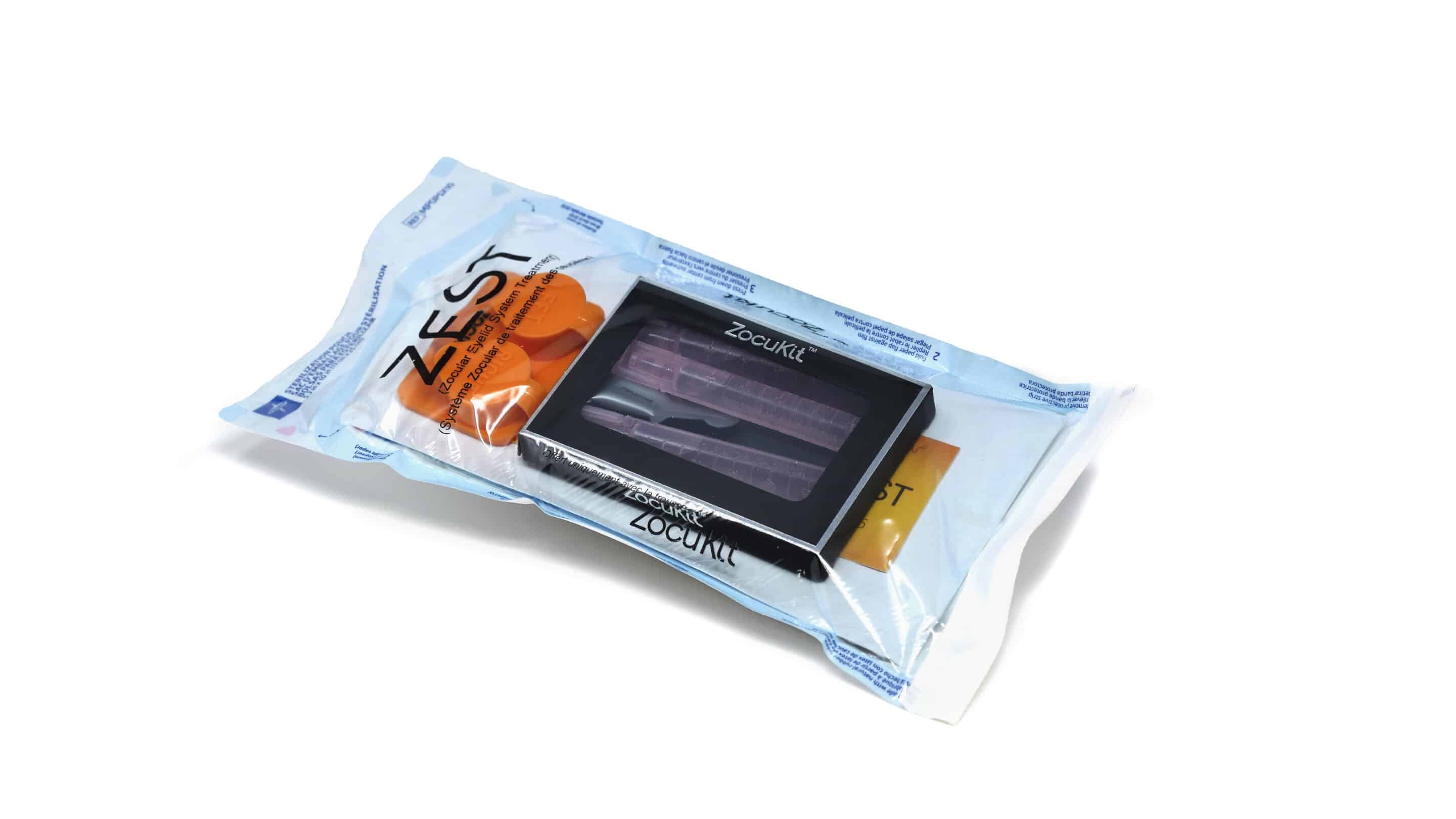TearLab®
Product Description:
TearLab® Osmolarity System is an objective and quantitative point-of-care diagnostic test that provides precise and predictive information.
TearLab® is intended to measure the osmolarity of human tears to aid in the diagnosis of dry eye disease in patients suspected of having dry eye disease, in conjunction with other methods of clinical evaluation.
*TearLab is for professional in vitro diagnostic use only.
TearLab not only better informs your initial diagnosis with objective data, but your treatment plan as well. Monitoring therapeutic effectiveness can also help with patient compliance as tear osmolarity improves before symptom relief. Low and stable tear osmolarity is the goal to ensure a stable tear film and healthy ocular surface.
- For the measurement of osmolarity in diagnosis of dry eye
- Point-of-care Osmolarity System
- Measures tear film osmolarity
- Hyperosmolarity is the core mechanism of dry eye
Product Features
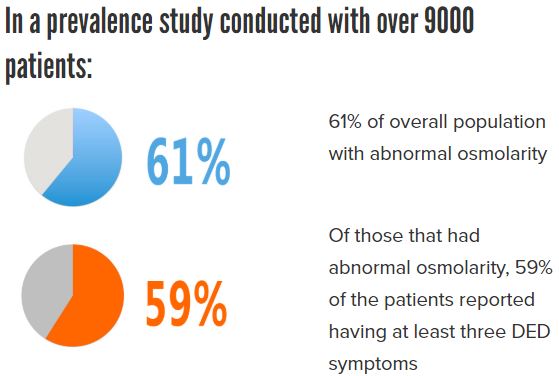
Of those that had abnormal osmolarity, 59% of the patients reported having at least three DED symptoms.
- 318 mOsm/L -Average osmolarity of patients with abnormal osmolarity (≥308 mOsm/L) or inter-eye difference (≥8 mOsm/L)
- 297 mOsm/L- Average osmolarity of patients with normal osmolarity (≤308 mOsm/L) or inter-eye difference (≤8 mOsm/L)
Precise and predictive results at the point-of-care
- More precise than other universally accepted point-of-care tests such as cholesterol and glucose
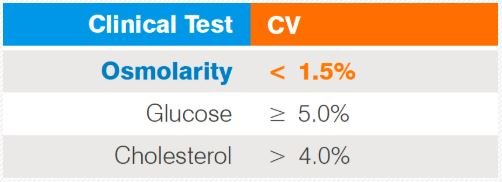

Precise and predictive results at the point-of-care
- More precise than other universally accepted point-of-care tests such as cholesterol and glucose
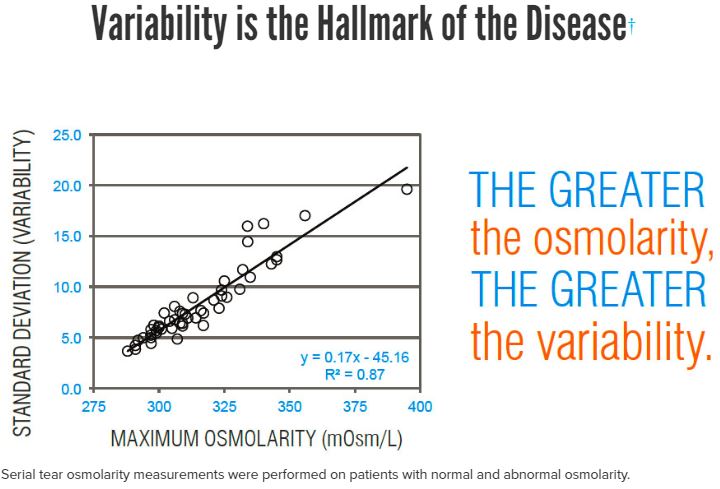
The Science
- TearLab is predictive.
- TearLab has a positive predictive value of 89%
- Positive predictive value is the probability that subjects with a positive test truly have the disease
- Variability is the hallmark of the disease
Utility
- Fifty patients with DED-like symptoms with normal osmolarity were found to have alternate primary diagnosis.1
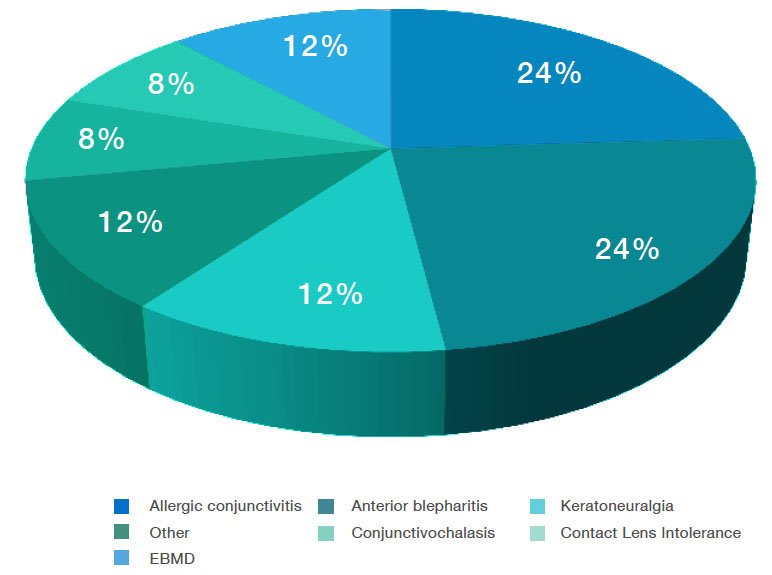
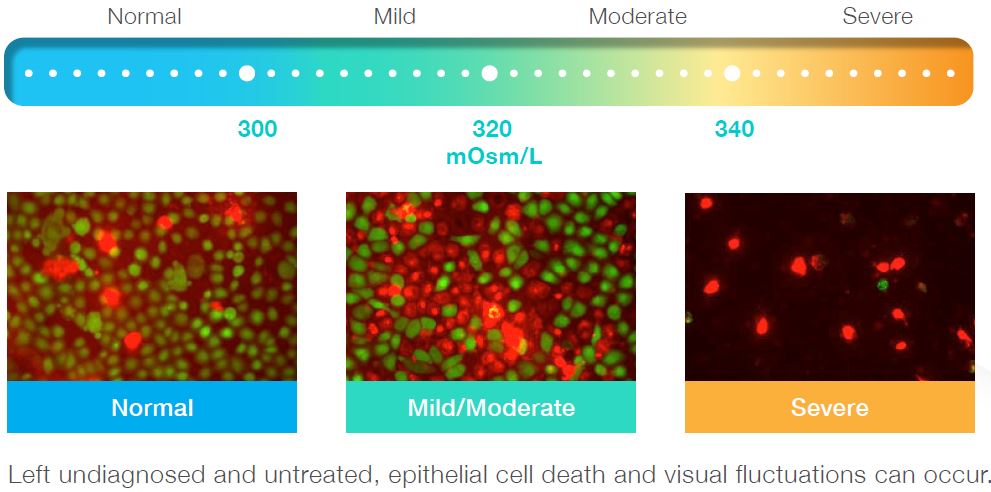
Manage
- Use data to inform treatment plan
- Evaluate therapeutic effectiveness
- Encourage patient compliance
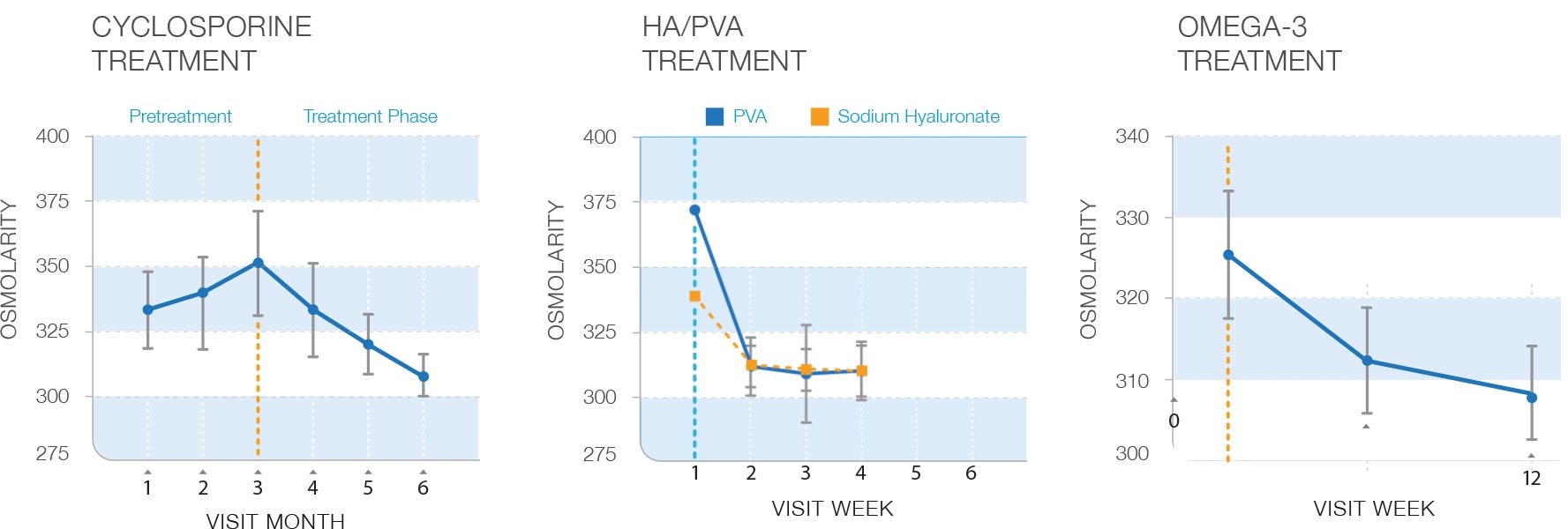
Would you like to bring TearLab® products to your patients?
Request a Trial
Related Products
Educational Insights

Drop it like it’s Hot: PRGF to the rescue for Ocular Surface Disease! Webinar
Brittany Yelle (Precision Cornea Center, Ottawa,...
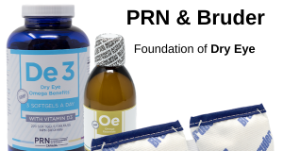
PRN & BRUDER – Foundation of Dry Eye – Dr Kim Friedman
Dry eye is a very common condition, affecting...
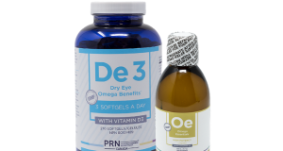
The Foundations of Dry Eye Therapy – Dr Kim Friedman
Dry eye is a very common condition, affecting...

ENDORET: Ask the Expert with Dr Brittany Yelle
Plasma Rich in Growth Factors (PRGF) is a...

